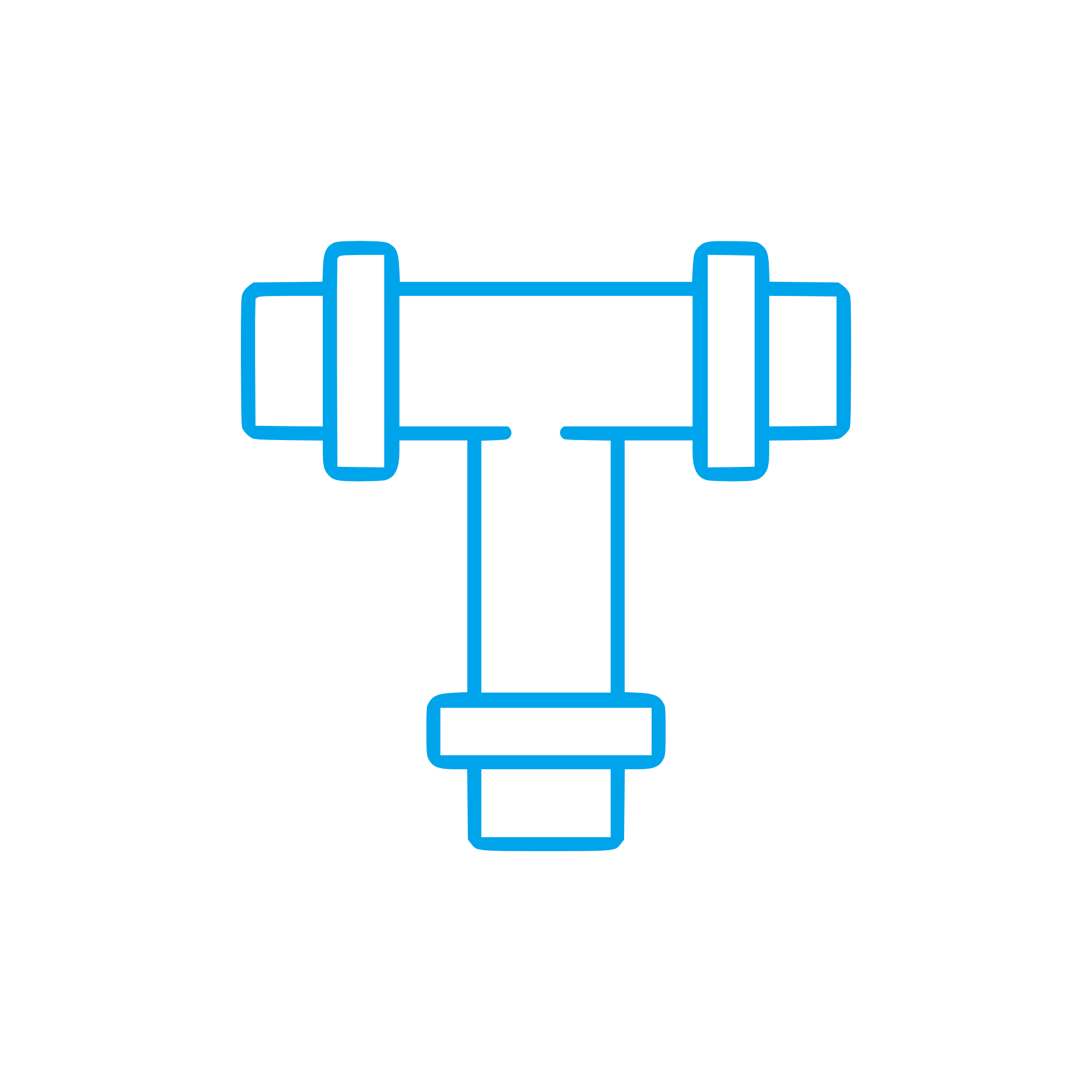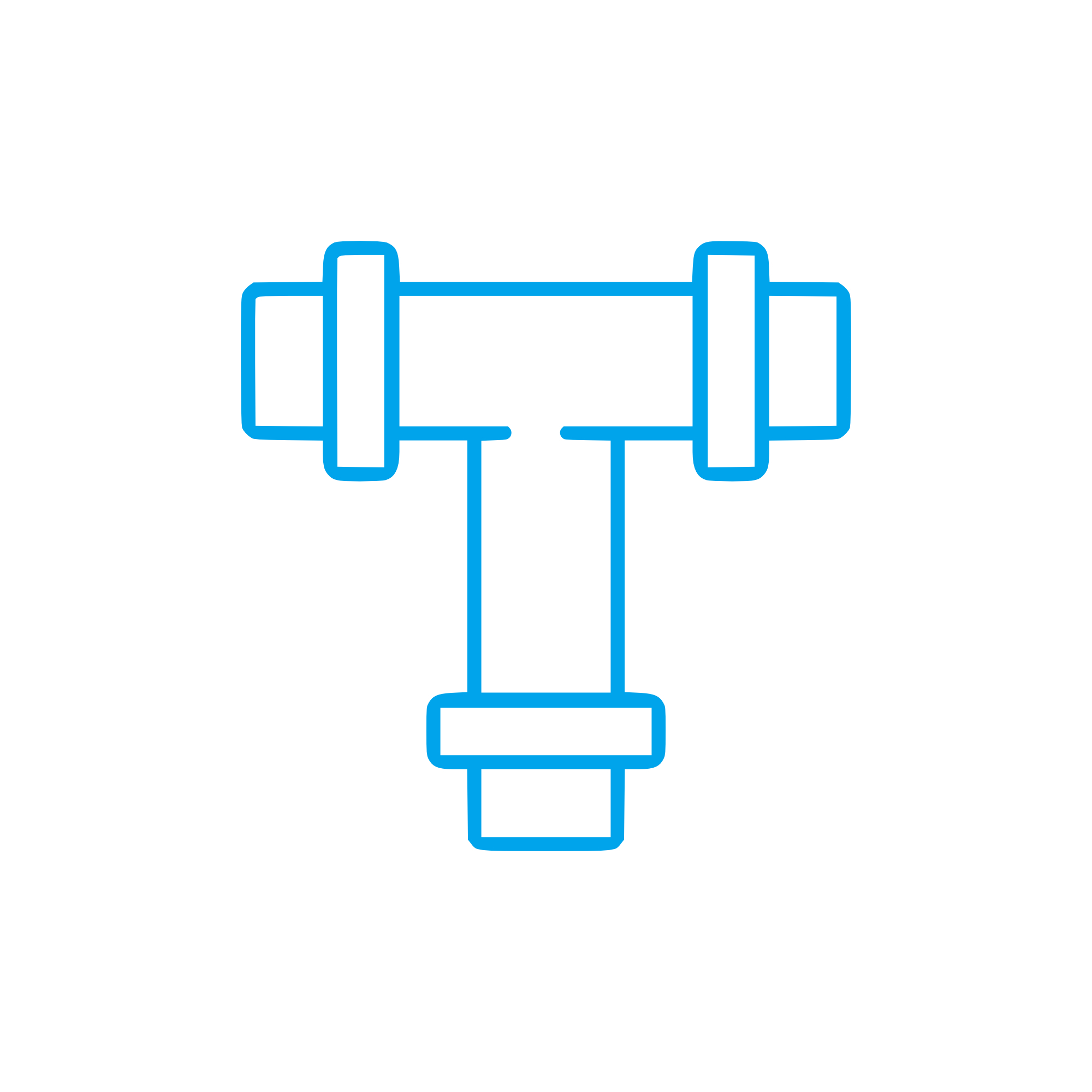COMPENSATING LINE in Lines and Pipes for Diesel and Marine Engines
Lines and pipes are the circulatory network of any large engine, routing fuel, lubricating oil, cooling water, charge air, and control signals precisely where they are needed. Within this category, a COMPENSATING LINE plays a decisive role by equalizing pressures, damping pulsations, and stabilizing reference signals between components. For shipowners, operators, and technical buyers, robust lines and pipes are fundamental to reliable, clean and efficient operation—especially in high-load environments such as a marine engine or a power-plant diesel engine.
From fuel injection to turbocharging and crankcase ventilation, the geometry, wall thickness, material specification, and cleanliness of lines and pipes influence performance and safety. Engine builders design each routing and connection detail to withstand vibration, temperature cycles, and pressure spikes. The COMPENSATING LINE, in particular, ensures that control devices and sensors receive accurate pressure information and that transient pulses are smoothed, helping the engine maintain stable operating parameters across the entire load range.
Technical function of Lines and Pipes with a focus on the COMPENSATING LINE
Lines and pipes connect pumps, filters, coolers, injectors, manifolds, and measurement points, transporting media at defined flow rates and pressures. In fuel systems, they maintain injection timing and quantity by delivering consistent pressure to pumps and rail elements. In lubrication circuits, they supply bearings and turbochargers with clean oil while controlling differential pressure across filters. Cooling lines distribute jacket water through cylinder blocks, heads, and heat exchangers. Air lines handle charge air between turbocharger, intercooler, and intake manifold.
The COMPENSATING LINE complements these functions by equalizing pressure between components that must “sense” the same reference. Typical examples include linking the intake manifold to a fuel pump aneroid on a diesel engine (so fueling follows boost pressure), balancing pressure across filter housings to avoid false differential readings, or bypassing small volumes to dampen pulsations that might disturb valves or sensors. In a marine engine, a well-designed COMPENSATING LINE helps avoid over-fueling at low boost, reduces oscillations in governor control, and prevents cavitation in auxiliary circuits. In short cycles, it contributes to smoother control responses and more accurate measurements, enhancing efficiency and emissions stability.
Material selection is critical: stainless steels, CuNi alloys, or precision hydraulic tubing must match the fluid, pressure class, and ambient conditions. Bend radii, flare geometry, and weld quality determine how a line handles thermal expansion and vibration without cracking. Supports, clamps with vibration-damping inserts, and expansion loops protect against fretting and fatigue. Cleanliness (particulate and oil-film standards), pressure testing, and traceable manufacturing ensure that a COMPENSATING LINE and its related pipes are fit for service from day one.
- · Stable pressure reference for sensors and fuel controls.
- · Reduced pulsations for smoother engine operation.
- · Corrosion-resistant materials suited to marine atmospheres.
- · Precision bends and end connections for leak-free assembly.
- · Vibration-damped clamping and expansion loops.
- · Verified pressure rating and cleanliness level.
- · Dimensional accuracy for easy, repeatable installation.
COMPENSATING LINE diesel engine and marine engine performance
When a COMPENSATING LINE reliably transmits manifold pressure to the fuel control on a diesel engine, the pump meters fuel according to actual air charge, supporting optimal combustion, fuel economy, and emissions. On marine engines exposed to long-duration loads, the same principle stabilizes running, reduces smoke during transients, and protects turbocharger speed margins. Where filter differential pressure is monitored, a correct compensating connection prevents false alarms and premature element changes, keeping maintenance aligned with real condition data.
Why Lines and Pipes are critical for reliability and service life
Small defects in lines and pipes can become major operational and safety risks. Leaks may cause fuel spray and fire hazards, introduce air into fuel circuits (leading to misfiring and injector wear), starve bearings of lubricating oil, or create sudden pressure drops that trigger shutdowns. Corrosion under clamps, vibration-induced fatigue at bends, and thermal cycling at rigid supports are typical failure mechanisms. A compromised COMPENSATING LINE can mislead control systems, causing poor load acceptance, unstable idle, over-fueling under low air conditions, or nuisance trips due to incorrect differential pressure signals.
Proactive replacement with parts that match the specified material, wall thickness, and connection standard preserves engine integrity. Precision-formed lines reduce installation stress, eliminate weeping at joints, and keep flow characteristics within design limits. The result is predictable performance, longer component life (turbochargers, injectors, bearings), and lower unplanned downtime.
Advantages of OEM spare parts suitable for Lines and Pipes
OEM spare parts suitable for Lines and Pipes—including every COMPENSATING LINE variant—are built to the same dimensional tolerances, metallurgical specifications, and test criteria defined by the engine designer. This alignment preserves pressure drops, response times, and sealing integrity across the entire system. For purchasers managing fleet assets, the benefits are practical and measurable:
- · Consistent performance thanks to matched materials and geometry.
- · Reliable sealing with the correct flare, cone angle, and thread standard.
- · Verified cleanliness and pressure testing to reduce start-up risk.
- · Faster installation through exact fit and correct bend profiles.
- · Extended service life due to proper stress distribution and surface finish.
- · Better budget control by avoiding repeat work and secondary damage.
- · Compliance with class and safety requirements via documented specifications.
Specifically for a COMPENSATING LINE, OEM parts ensure accurate transmission of manifold or reference pressure, stable governor behavior, and correct differential readings. The engine maintains its designed fuel-air correlation, reducing smoke peaks, thermal loading, and fuel consumption.
COMPENSATING LINE OEM parts for precise control
Using a COMPENSATING LINE OEM parts setup preserves the control loop dynamics intended by the engine maker. The calibrated internal diameter, routing length, and connection interfaces keep time constants and damping within specification, which directly supports smooth transients and steady-state efficiency.
MOPA as your partner for OEM spare parts Lines and Pipes
MOPA is an experienced and reliable partner for OEM spare parts Lines and Pipes, from high-pressure fuel lines to lube and cooling pipes, including every COMPENSATING LINE configuration for diesel and gas engines. Customers value our speed, quality, and security across the entire trade process. We source from approved production lines, provide full batch traceability, and deliver corrosion-protected packaging suitable for marine logistics.
With short lead times, global shipping options, and meticulous documentation, MOPA supports scheduled dry-dock windows and on-voyage maintenance. Our specialists help identify the exact line by engine model, drawing number, and connection standard, ensuring technical fit and efficient installation the first time.
Conclusion: COMPENSATING LINE and Lines and Pipes matter
Lines and pipes—especially a correctly specified COMPENSATING LINE—are essential for stable control, efficiency, and safety in every marine engine and diesel engine. Selecting OEM spare parts suitable for Lines and Pipes preserves intended performance, extends service life, and protects maintenance budgets.
MOPA supplies the right OEM components quickly and securely, keeping your engine systems reliable and ready for service.




